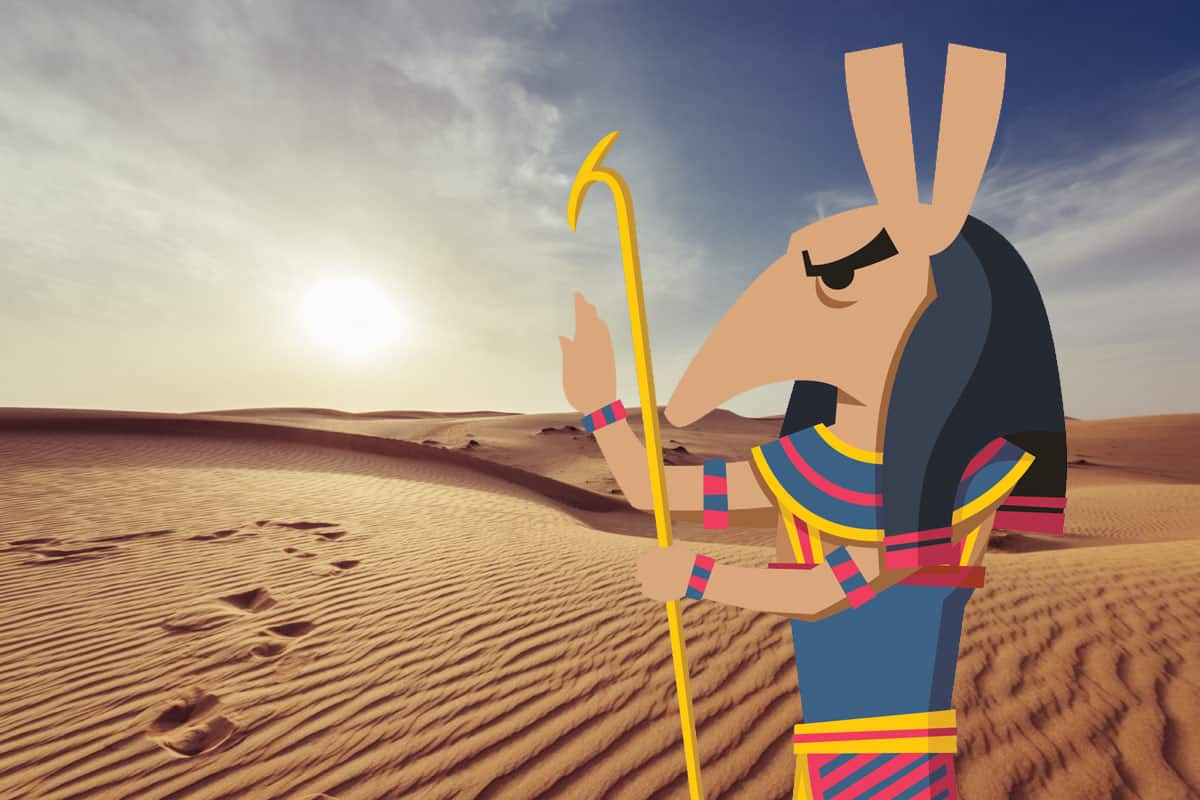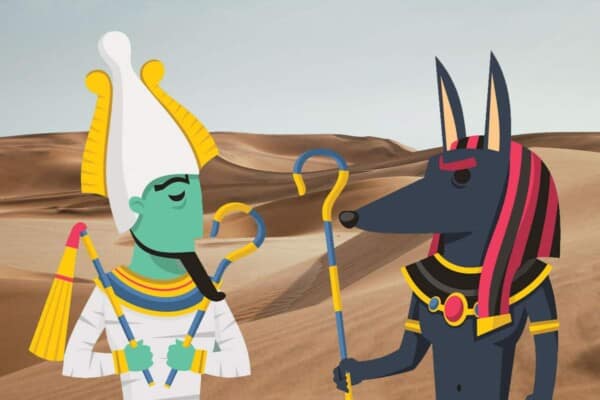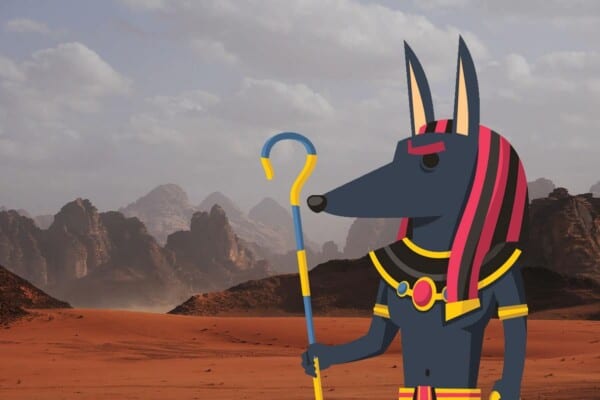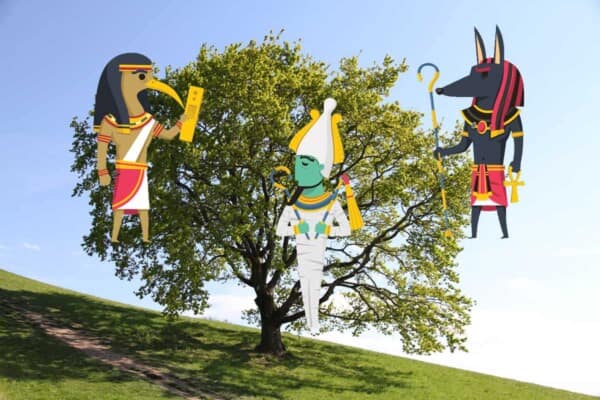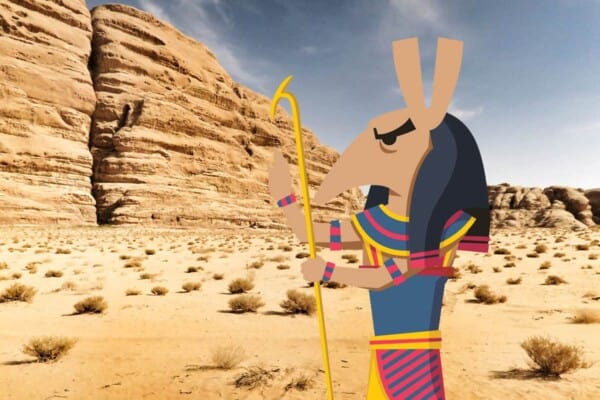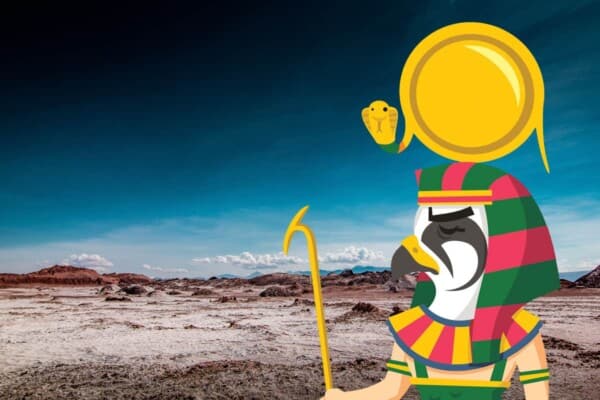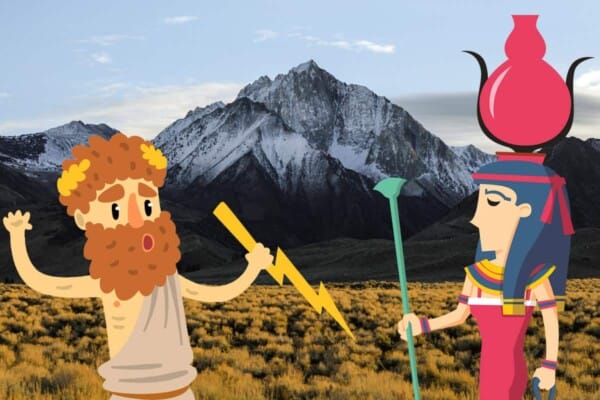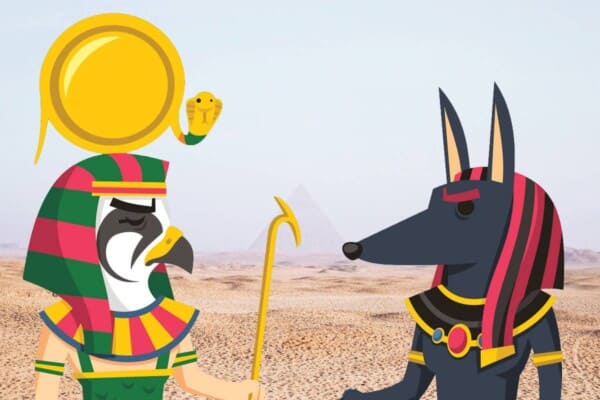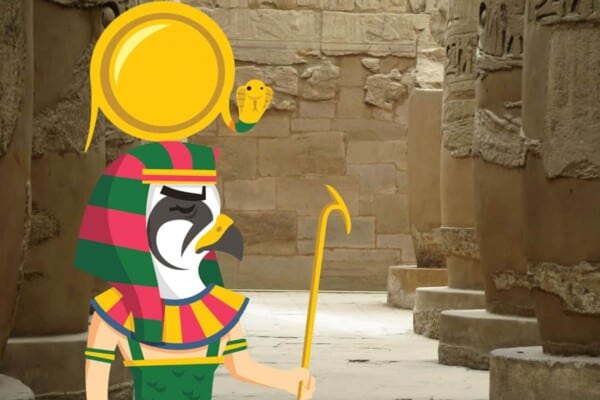While it’s comforting to think that the gods are on your side, that was definitely not always the case in Ancient Egypt! Their vast pantheon contained hundreds of gods all across the scale of morality. To complicate things more, many important gods had dual natures, part benevolent and part vicious!
Though only a few were out-and-out evil, the following seven can all be described as such in various myths surrounding them. From the evil Set to the terrifying Devourer, don’t be surprised if this list makes it into your nightmares!
Evil Egyptian Gods and Goddesses
#1 – Set (Seth), God of Evil, Chaos, and Darkness
No matter which story is being told about Set, you can be sure that he’s the villain of the piece – and for a good reason! He truly was the personification of the concept of evil for the Ancient Egyptians. He was one of the four most powerful sibling gods, Osiris and Isis, his brother and sister, and his sister-wife Nephthys.
In the beginning, Set ruled the night while Osiris ruled the day. Set’s ambition got the better of him and corrupted his nature, leading to wars between the gods for millennia. Set transformed his body into several animalistic creatures – often stated to be a crocodile or a serpent – to wage death against his brother.
One of the most famous and interesting stories is the death of Osiris, for which Set was fully and openly responsible. He didn’t just kill Osiris – he also dismembered him and scattered his remains throughout Egypt! Osiris’s son, Horus, discovered the crime and waged an epic war against his evil uncle.
Though evil, he had his followers and cults just as did other major gods. Their focus was not on the chaos but on the promise of resurrection – an important part of Egyptian mythology – which was brought on by the death and eventual resurrection of Osiris.
#2 – Apophis (Apep), Serpent God of the Underworld
Apophis was the opposition to the sun god, Ra, and represented everything that he did not. He was malicious and dark and in the form of a poisonous snake.
As Ra’s sworn enemy, he fought the sun god every night. If Apophis was not defeated, the planet would be in terrible danger. He would make the solar boat that carried the world capsize and prevent the sun from rising ever again.
He is a primeval god, existing before order and justice were created in the form of the goddess Maat. He could fight and work equally well on land and sea. He was also responsible for all storms and earthquakes, which were especially violent and destructive.
Known as the “Prince of Darkness,” his other shapes include frogs, crocodiles, and even a woolly mammoth! He was closely associated with Set, sometimes even taken as an aspect of the evil god during his shapeshifting against Osiris.
The Ancient Egyptians took Apophis very seriously, to the point where several books were written and distributed with various hints and tips on how to beat and kill him! Alongside Set, he is often considered a part of what later religions would conceptualize as a devil figure.
#3 – Ammut, The Devourer of the Dead
Though not maliciously evil like the other two mentioned so far, Ammut was a terrifying goddess that people generally would prefer to avoid! She had a crocodile’s head, a lion’s front paws, and a hippopotamus’s back legs.
She stayed in the Hall of Two Truths while the hearts of the dead were being weighed to determine the fate of their afterlife. The heart was weighed against the feather of the goddess Maat to test if it was heavy with evil.
If a heart outweighed the feather and was full of darkness, it would be given over to Ammut, who would devour it all. For the Ancient Egyptians, this was the ultimate horrible fate. A heart that had been eaten by the goddess would never be capable of reincarnation when the next world began. Instead, it would be restless forever, dying over and over again.
Unlike Set, nobody worshipped Ammut. She was considered the embodiment of their greatest fears, and they avoided her all they could. Spending time worshipping her would have been a waste, anyway – it didn’t really matter if you praised her; only the truth of your heart was important.
#4 – Shesmu, God of the Wine Press
At first glance at his title, including Shesmu on a list of evil gods seems a little strange! However, like many gods, he had a dual personality – and one of these sides was undoubtedly wicked. This side of him is tricky, sneaky, and malicious and is often linked with Apophis.
Red wine and blood were inextricably linked for the Ancient Egyptians due to their color. Though the “good” aspect of Shesmu was friendly to the dead, the “evil” aspect would throw the heads of those he didn’t like into his wine press to extract the blood!
He was notoriously violent, often directly brawling with demons and gods alike. Some of his other titles included “Slaughterer of Gods,” “Dismemberer of Bodies,” and “Lord of Blood.”
Shesmu did have many worshippers, however, and as time went on, the darker side of his personality retreated. By the time of the Greco-Roman period, his evil side had almost entirely vanished, replaced with his aspect as a god of celebration and perfume. He was said to be the greatest maker of scented oils for the gods, especially Ra.
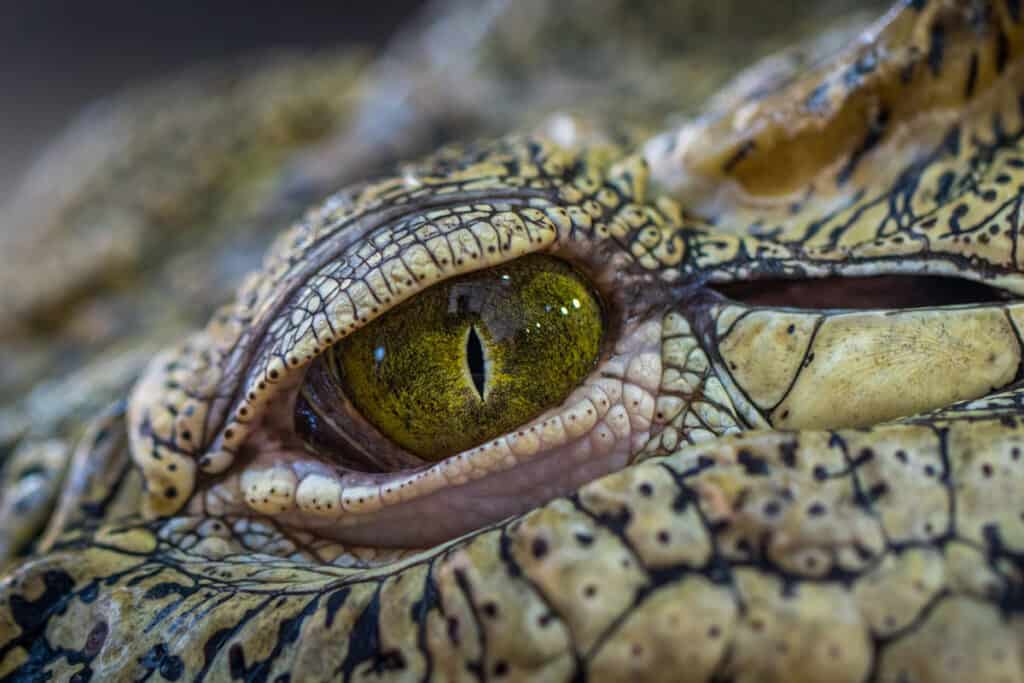
#5 – Sobek, The Crocodile God
Another god with a dual personality, Sobek, is even more complex than Shesmu. This is partly because of how the Ancient Egyptians viewed crocodiles in general – while some worshipped and revered them, others hunted and killed them.
Calling Sobek “evil” is a stretch in any incarnation, as he was generally considered to at least attempt benevolence. However, he was one of the most animalistic gods, and therefore incredibly dangerous and violent.
He had constant cravings for meat, and sometimes he lost control and devoured animals and people alike – and even gods! He lost control when part of Osiris’s body ended up in the Nile, eating it immediately, for which he had his tongue cut out.
In later lore, he became less animalistic. He shared more physical attributes with man, usually a crocodile head on a man’s body. He became a very important representative of the gods and was even eventually associated with the sun god, Ra.
Though still fierce, he very much became a force for good and a protector of the Egyptian people.
#6 – Sekhmet, The Powerful One (The Lion-Headed Goddess)
Sekhmet was not always destructive, but the aspect of her fury was strong enough to even intimidate Apophis and Set. She served as Ra’s most destructive weapon, and the dangerous wind of the desert was said to be her breath. Ra even once sent her to destroy humanity, though the gods put a stop to it before it could be fulfilled.
Sekhmet was also said to bring plague and pestilence, and outbreaks were considered a message or a warning from the goddess. Sickness that travelled through Egypt was often a punishment on behalf of the gods (or, indeed, the gods of others).
She protected Pharaohs, but usually in a warlike capacity – she was responsible for leading the royals to battle. As well as a weapon of Ra, she was also his daughter – which meant she was connected with both the benevolence of the sun and its dangers.
However, Sekhmet was also later associated with Bastet, Hathor, and Mut – favourite benevolent goddesses of the Egyptians. So strongly was she associated with the mother-god Mut that statues of Mut-Sekhmet exist all over Egypt.
Her ability to cause plague also had a light side; it came to be believed that if she caused pestilence, she could cure it and prevent it as well. Many Ancient Egyptians prayed to Sekhmet to help cure or even ward off plagues before they could hit and cause any severe damage.
#7 – The Demons of Duat
Duat was not a god but a place – the home of the demons which existed between the Egyptian underworld and the world of the living. Every night, the Sun God Ra must travel through Duat and battle demons for 12 hours so that the next day can begin and dead souls can move on to the afterlife.
The demons who lived there were considered a very real and present threat in the day to day lives of the Ancient Egyptians. Spells, wards, and other such protections were passed around to look after people – as were conjurings for the less morally inclined!
Demons haunted water, especially canals and the great River Nile. They also caused sickness and pestilence, sometimes working for Sehkmet directly.
Within Duat, the demons who existed as forms of chaos had one job – to torture the souls on their way to reincarnation, let by Ra. Only spells from the Book of the Dead could protect the spirits and lead them into the next life.
Final Thoughts
The Ancient Egyptians had a great deal to fear; plague, famine, floods. They probably didn’t need to also have half an eye on any evil gods who might turn up and choose to engage in some chaos.
But nevertheless, there were a number of gods and goddesses who who could possibly be described as evil, and this is our limited attempt to name but a few. Hope you enjoyed the list.

